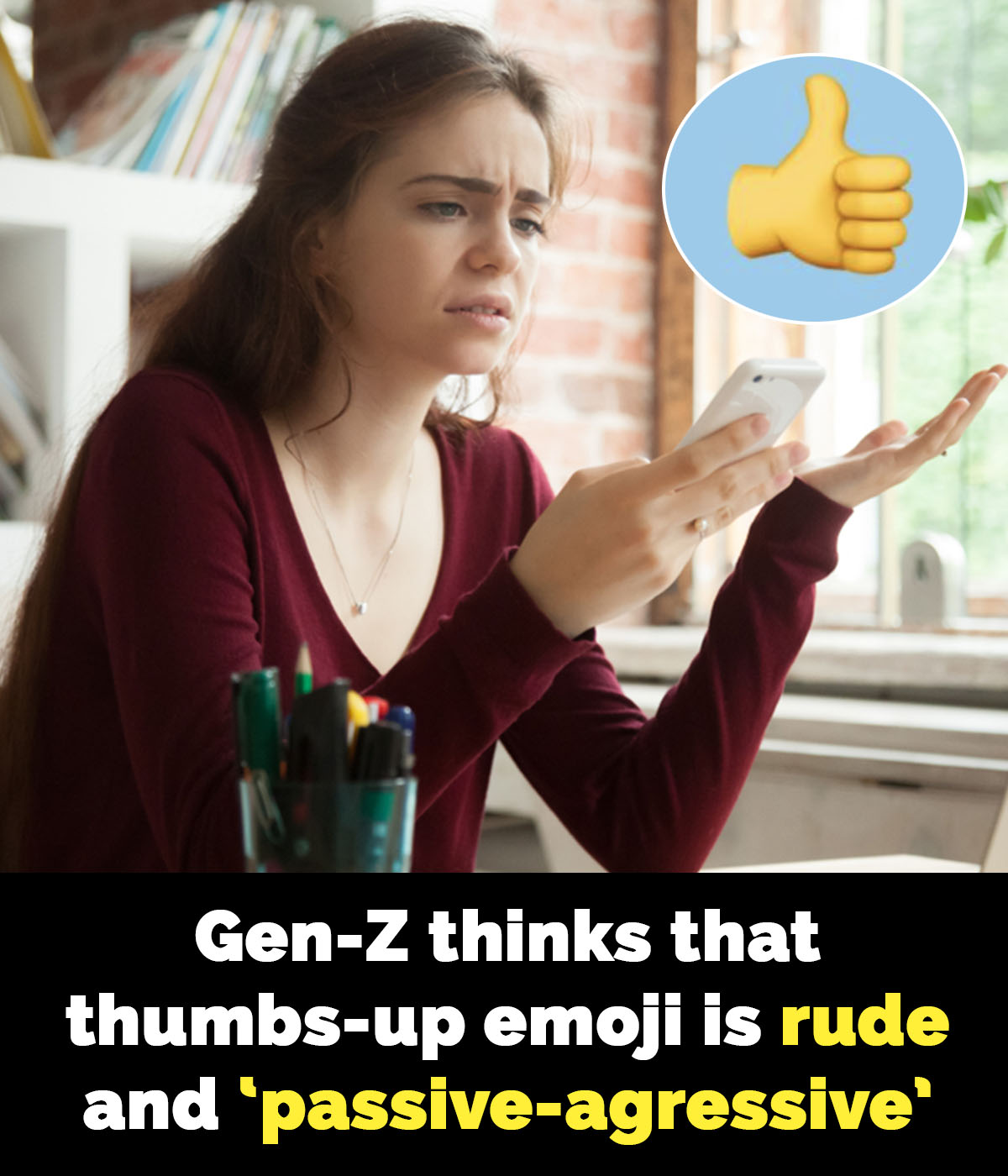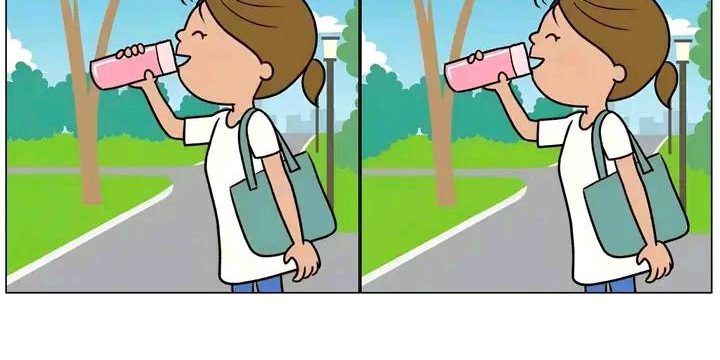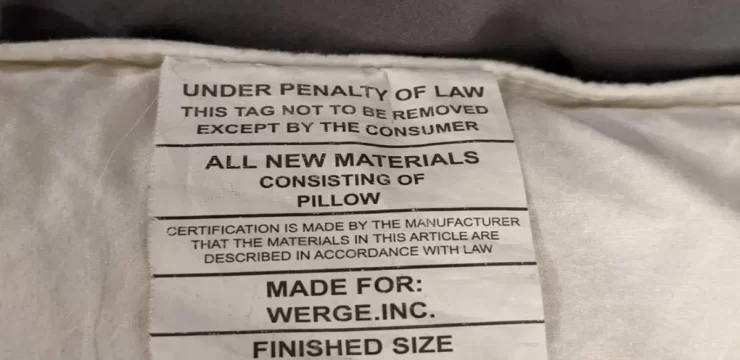Generational differences often spark debate, and the latest one centers around the thumbs-up emoji. While previous generations see it as a simple sign of acknowledgment or approval, many Gen-Z individuals find it outdated, impersonal, and even passive-aggressive. This cultural shift in digital communication is leaving older generations puzzled.

For years, emojis have been a crucial part of online and workplace interactions, helping to add tone and clarity to digital conversations. But the meaning behind certain emojis has evolved, and for Gen-Z, the thumbs-up emoji no longer carries the friendly, affirmative connotation it once did.
Why Gen-Z Views the Thumbs-Up Emoji Differently
A recent discussion among young professionals shed light on how Gen-Z perceives the thumbs-up emoji in workplace communication. One individual shared their experience after entering the workforce:
“I started a new job where we use Microsoft Teams for communication. The platform only offers a few emoji reactions, and most people respond to messages with a thumbs-up. But I find it unsettling and passive-aggressive. I prefer to respond with a heart reaction or even a short message like ‘Great!’ or ‘Thanks!’”
This sparked a debate, with several users agreeing. One 24-year-old participant commented, “For younger people, the thumbs-up emoji often feels passive-aggressive rather than supportive.”
Another added, “It probably seems unsettling because it’s impersonal. Based on this post, you seem like someone who values more genuine interactions.”
This generational divide highlights how digital communication norms have shifted. For older generations, the thumbs-up emoji is a quick way to acknowledge a message. But for Gen-Z, it can feel dismissive, as though the sender couldn’t be bothered to type out a more thoughtful response.
The Evolution of Emoji Etiquette
The thumbs-up emoji isn’t the only one that has taken on new meanings. Gen-Z has redefined the usage of several emojis, often interpreting them in ways that differ from older generations:
- The crying-laughing emoji (😂), once universally used to express laughter, is now considered outdated. Instead, many Gen-Z users opt for the skull emoji (💀) to indicate that something is “so funny, I’m dead.”
- The checkmark emoji (✔️), meant to signify confirmation, is sometimes viewed as cold or dismissive.
- Even the classic smiley face (🙂) can be used sarcastically to convey irritation or passive-aggression.
Why This Matters
While this shift in emoji interpretation might seem trivial, it can have real implications—especially in professional settings where much of communication happens digitally. A simple thumbs-up emoji might be meant as a neutral acknowledgment by a Gen-X or Millennial manager, but a Gen-Z employee might perceive it as dismissive or indifferent.
As remote work and digital messaging become more prevalent, it’s important to recognize how different generations communicate online. Understanding these differences can help prevent miscommunication and foster a more inclusive workplace environment.
Should You Stop Using the Thumbs-Up Emoji?
So, should we all stop using the thumbs-up emoji? Not necessarily. Context matters. In casual conversations or when interacting with people who interpret it as a neutral or positive reaction, the emoji remains useful. However, in professional settings—especially when communicating with younger colleagues—it may be more effective to use words instead of just an emoji.
If in doubt, a simple “Sounds good!” or “Got it!” can replace the thumbs-up and ensure your message is received as intended.
Bridging the Digital Communication Gap
Ultimately, this debate over the thumbs-up emoji is a reminder that language—both spoken and digital—constantly evolves. Just as slang terms change over time, so do emoji meanings. Recognizing these shifts can help create smoother, more effective communication across different age groups.
What are your thoughts on this shift in emoji etiquette? Have you noticed generational differences in how emojis are used? Share your opinion in the comments and let others know about this evolving digital language!





